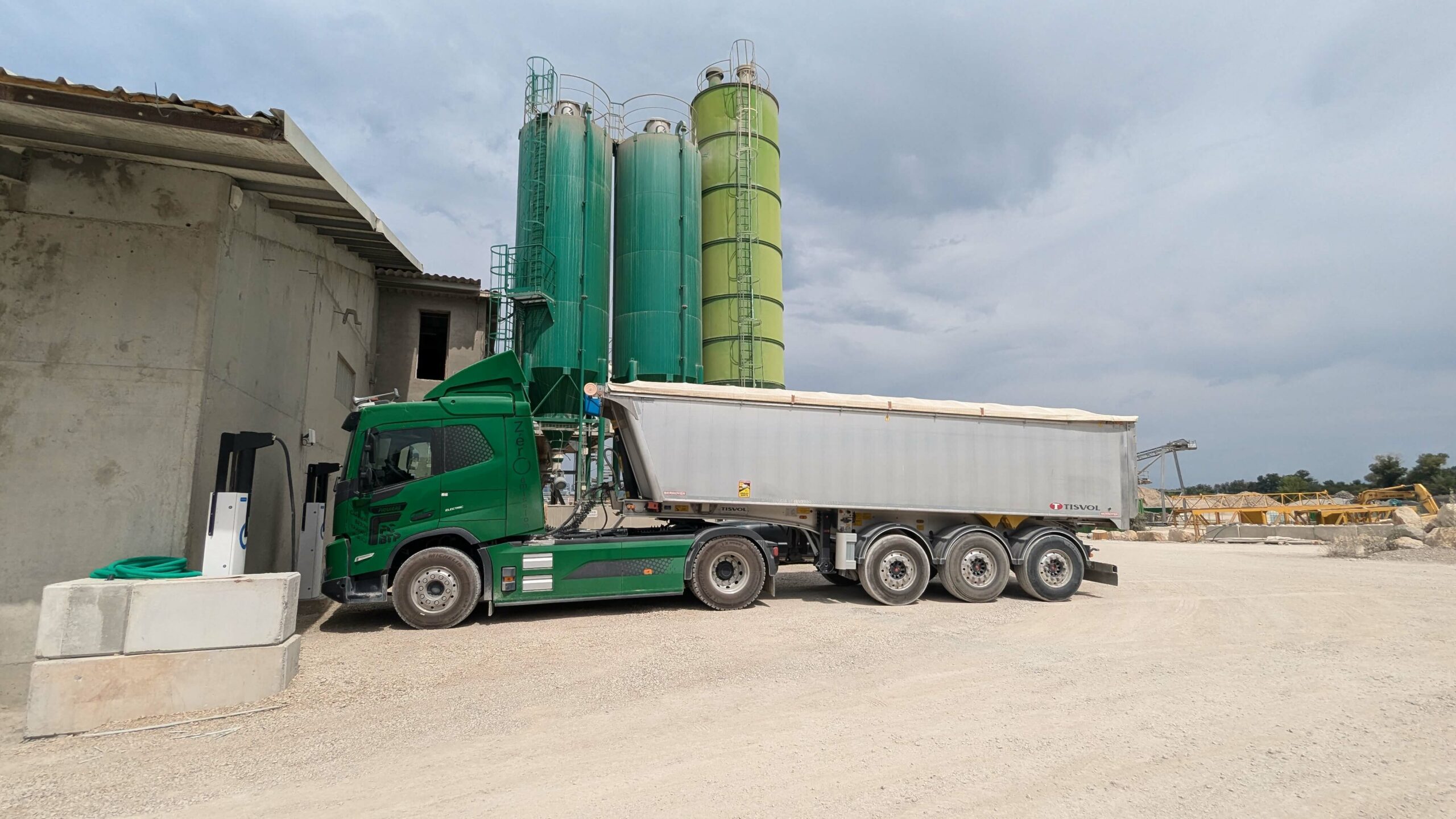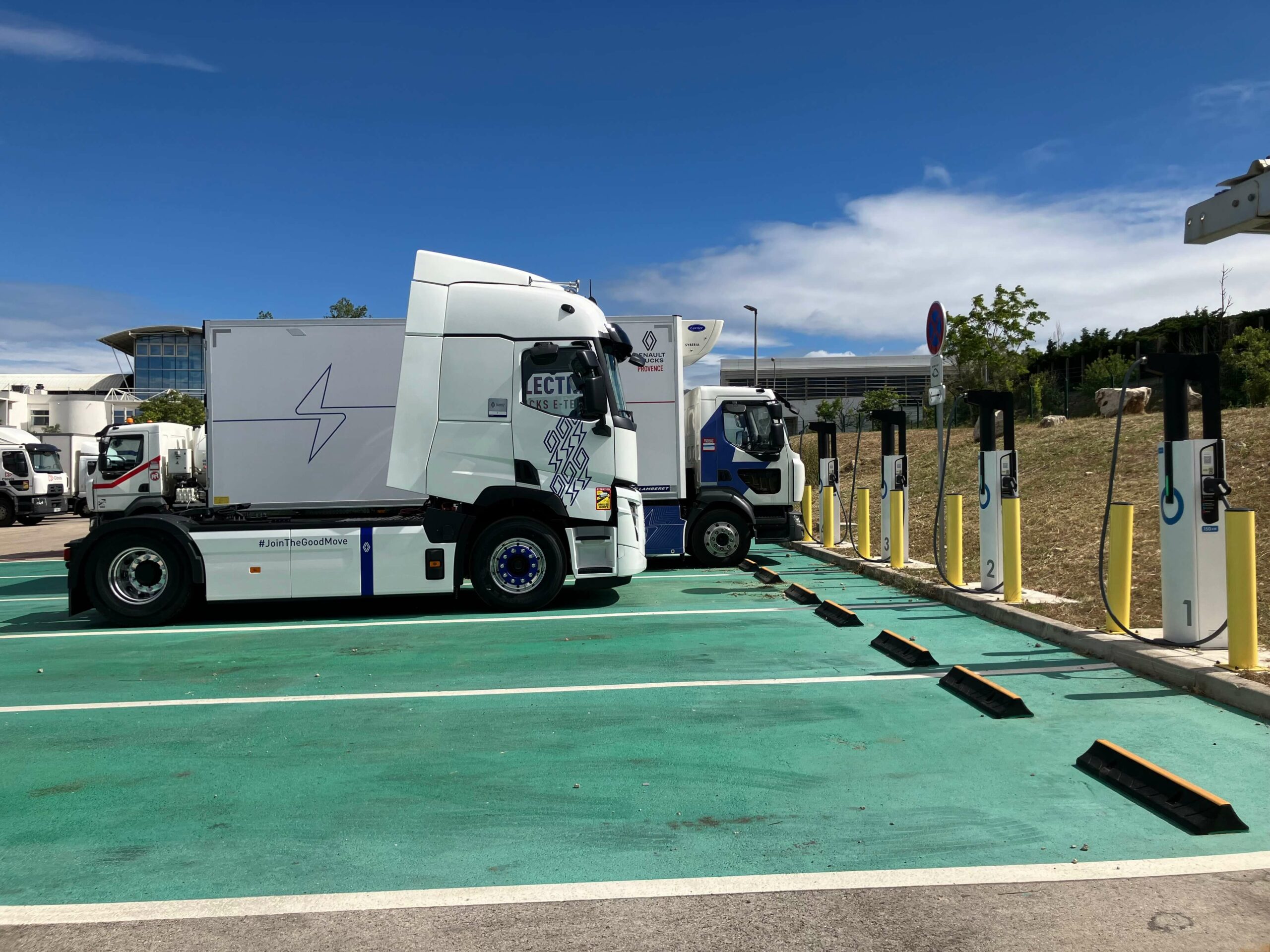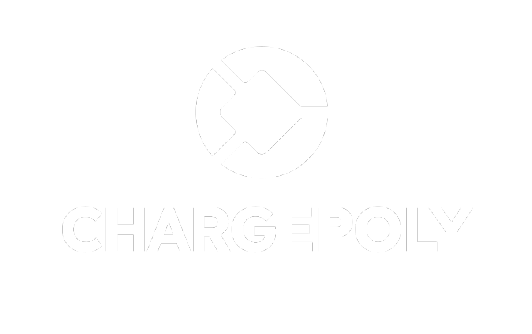With new European regulations encouraging the adoption of heavy-duty electric vehicles, well-designed, reliable charging stations are becoming an imperative for fleet managers. A methodical approach can help meet these new challenges
1. Optimizing charging infrastructure
The first step is to analyze the fleet’s current and future needs. Optimizing a charging infrastructure is not just about meeting immediate needs: it’s also about anticipating medium- and long-term developments. This starts with an in-depth analysis of current and future needs, in collaboration with transport and energy experts. This includes a detailed study of vehicle characteristics (type, range, charging capacity), operational planning, site constraints, fleet growth projections and technological developments.
The design of the station is based on a balance between charging power, the number of charging stations required and the capacity of the available electrical grid. The aim is to ensure that the station is adapted not only to current needs, but also to a gradual increase in power, while minimizing costs (CAPEX and OPEX). By integrating this scalability from the outset, it is possible to avoid costly civil and electrical engineering work later on, while offering carriers the flexibility they need to keep pace with their growth. Particular attention must therefore be paid to the modularity of installations, to facilitate their extension or adaptation as the fleet becomes more electrified.
2. Controlled deployment
Full orchestration: The deployment stage is crucial, and requires rigorous coordination between all the players involved. Your partner must manage every stage of the project, from planning to commissioning, including the necessary authorizations and meeting deadlines.
Expert commissioning: Expertly supervised commissioning ensures safe, trouble-free operation right from the start. The efficiency of this phase is based on precise planning and careful management of deadlines, technical constraints and safety.
3. Technology and intelligent management
The high-performance charging station must be designed for the needs of your commercial fleet(s), with complementary AC charging solutions depending on specific requirements.
Station reliability is a key factor. It requires total mastery of the technologies used, from hardware to management software. This reduces the risk of malfunctions and simplifies intervention in the event of a problem.
A fleet charging supervision platform, capable of managing charging in real time and interoperable with all DC and AC charging stations using the OCPP 1.6 or 2.0 protocol, is an essential tool for effectively managing your station and controlling your costs.
4. Operation, safety and maintenance
When it comes to operation, it’s essential to have a partner who can guarantee a 99% availability rate, thanks to total mastery of the technology and unrivalled responsiveness when it comes to spare parts.
Maintenance and support play a central role in the long-term viability of our installations. Responsive, locally-based teams can intervene quickly to resolve any incidents or carry out preventive maintenance. Proactive infrastructure management ensures high availability of charging stations, meeting the requirements of fleet managers.
5. Flexibility and scalability
Modular design for easy expansion or adaptation to future demand.
Charging satellites compatible with different makes and models of heavy-duty electric vehicles.
6. Aids, subsidies and financing
To encourage the adoption of charging solutions, fleet managers can draw on public support and appropriate financing schemes. This can include subsidies, partnerships to integrate renewable energy sources, or financial solutions such as leasing or third-party investment.
Your partner should help you to obtain government subsidies and incentives for the installation and operation of charging stations, such as the Advenir bonus or calls for e-Trans projects.
Your partner can offer suitable financing solutions, such as leasing or third-party investment, to fully support your decarbonization project.
7. Sustainable energy
With PV shading and roofing, you can transform your site into an energy hub by integrating renewable energy sources. This allows you to produce your own solar-generated electricity, reducing your bills and your carbon footprint.
Designing a charging station for heavy electric vehicles requires a global vision and the ability to anticipate changes in the sector. A well thought-out, scalable solution can effectively support the energy transition while ensuring the operational continuity of fleets.




